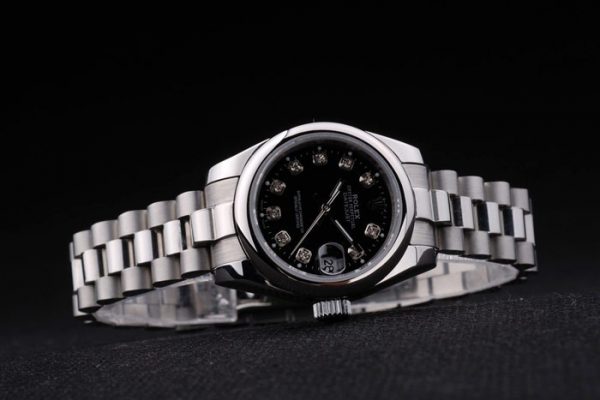News
The difference between a water-resistant watch and a waterproof watch
It is worth noting that no watch offers complete waterproof protection, even those with modern innovations and practices. Therefore, the term “waterproof” is incorrect and illegitimate in the world of horology. However, today’s waterproof replica watches offer varying degrees of protection to meet the needs of marine enthusiasts and inland wearers alike.
The difference between water-resistant and water-resistant watches – or, more importantly, how the water resistance rating works – is a key detail that affects the kind of timepiece you want to add to your collection. Explore the watch industry’s water resistance standards with this expert guide.
Water and moisture can cause a lot of damage to your luxury watch. Water can cause various components to corrode, and the internal mechanisms may stop working altogether.
One of the biggest signs of moisture penetrating a watch is condensation on the crystal. Broken seals or cracked crystals are also warning signs that water may have entered your watch. If you notice water vapor on your watch, take it to a qualified watchmaker for repair as soon as possible. An expert will be able to repair any damage, replace the broken parts, and pressure protect the watch to ensure its continued water resistance. Water resistance is the rate at which a particular watch can withstand water. Watchmakers usually rate water resistance in meters.
This applies to all water activities within the water-resistance rating. Therefore, a watch with a water resistance rating of 30 meters will have no problem in any kind of shallow water. Whether you wash your hands, shower, or jump into a pool, the lower water resistance rating is still sufficient to protect your watch.
A dive watch includes any fake watch with a water resistance rating of 100 meters or more and a device to measure immersion time. Manufacturers of dive watch use rigorous tests to ensure protection in deeper waters. These tests also check for corrosion resistance, performance during extreme temperature changes, and performance during and after pressure changes.
A 30-meter rating is sufficient for recreational water activities such as showering, lounging in the pool, swimming, surfing and snorkeling. Even scuba divers rarely dive to depths of 40 meters, which means the 100-meter rating is suitable for almost any water enthusiast.



Hot Sale Replica Watches
Rolex-submariner
Rolex Replica Watch Submariner 40mm Black Dial Stainless Steel 16610
Rolex-submariner
Rolex Replica Watch Submariner 18K White Gold Blue Dial Ceramic Bezel 116619LB
Rolex Sea-Dweller
Rolex Replica Watch Seadweller 43mm Yellow Gold Steel 126603
Rolex President
Rolex Replica Watch President Crown Collection Yellow Gold Diamond Ladies 179298
Rolex GMT-Master
Rolex Replica Watch GMT Master II Black Blue Batman Steel 126710 BLNR
Rolex GMT-Master
Rolex Replica Watch GMT Master II 18K White Gold Pepsi Bezel 116719
Rolex Daytona
Rolex Replica Watch Daytona Yellow Gold Champagne Dial 116508
Rolex Daytona
Rolex Replica Watch Cosmograph Daytona Steel Yellow Gold 116503